
Britannia and Eve, 1926–1957

"The most beautiful, witty and well-informed magazine British journalism has yet produced" (26 April 1929)
The spectacularising influence of the fashion world [inserted] the feminine into the public spaces of modernity.Historian
Access the full collection
Access the full archive of Britannia and Eve, 1926–1957.
Institutional Free Trial
Start your free trialRegister for a free 30-day trial of Britannia and Eve, 1926–1957, for your institution.
Institutional Sales
Visit Sales PagesellFor more information on institutional access, visit our sales page.
Already have a license? Sign in.
A window into the changing role of the "modern woman" in early-to-mid twentieth century Britain

Formed in 1929 following a merger between Eve: The Lady’s Pictorial (established in 1926) and Britannia (established in 1928), Britannia and Eve was one of the various “sister” titles owned by The Illustrated London News (ILN). From the outset this new magazine marketed itself to a predominantly female readership, especially to wealthy and conservative women. Throughout its existence it maintained a particular emphasis on fashion, beauty, and the home. It also featured contributions from some of the most influential female artists and writers of the time. This collection contains over 38,000 images from more than 350 issues of Britannia and Eve and its predecessors Eve: The Lady’s Pictorial and Britannia, published between June 1926 and January 1957.
Unlike other ILN-owned periodicals, Britannia and Eve appeared monthly. As a result, it was considerably longer than many of its “sister” publications, each issue often comprising more than 100 pages. Over time, it became well-known for the artistry of its illustrations and for its wide-ranging coverage. It printed articles and stories by esteemed writer Laura Troubridge, whose famous Book of Etiquette remained, for decades, a core text for young upper-class Britons; by Joanna Cannan, popular author of both children’s fiction and detective novels; and by diarist, politician, and arts patron Violet Bonham Carter. Given its popularity, eclecticism, and far-reaching influence, Britannia and Eve provides critical insights into the history of fashion, gender history, and the history of British print culture.
Contents
Britannia and Eve, 1926–1957...
"The most beautiful, witty and well-informed magazine British journalism has yet produced" (26 April 1929)
Discover
Highlights

Licensed to access “Fashion’s High Finance”
1st February 1936:
This article (images 30-31 and 115-117) illustrates the importance of both the fashion and beauty industries to the global economy. It also draws attention to the increasing rate at which, by the mid-1930s, new trends were emerging, often driven by popular culture.

Licensed to access “One Ration to Serve Four”
1st November 1949:
Though hostilities in Europe ceased in May 1945, rationing in the UK continued until 1954. This article (image 51) highlights the ways in which the culinary habits of British households remained affected by meat rationing well after the Second World War.
Insights
Despite being the product of a merger between a women’s and a men’s lifestyle magazine, respectively, Britannia and Eve appealed mainly to a female readership. Nevertheless, male contributors featured prominently in the publication which, as a result, sheds light on the evolving roles of both women and men in British society, and the impact of women’s increasing independence on traditional understandings of gender.
Though Britannia and Eve provided detailed articles on a range of topics, including the home, lifestyle advice, and current affairs, fashion remained a primary focus. It not only kept its readers up-to-date with the latest fashion trends (including information about how much specific items cost and where one could purchase them), but it also reported on the ongoing rivalry between the world’s most prestigious fashion houses, such as Dior, Balmain, and Fath.
Britannia and Eve is particularly notable for its impressive artwork. Pauline Baynes (celebrated for her illustrations of C.S. Lewis’ Chronicles of Narnia), Eric Fraser (illustrator for both Radio Times and editions of J.R.R. Tolkien’s Lord of the Rings), and Fortunino Matania (best known as a war artist, who also worked for both the ILN and The Sphere), are just some of the many talented artists who contributed to the magazine over the years.
Like other publications owned by the ILN, Britannia and Eve can help historians to reconstruct the experiences of Britain’s civilian population during the Second World War. For instance, whilst it reported on the latest developments in the conflict, it also provided readers with wartime lifestyle advice, reflected the increasing incorporation of women into the country’s workforce, and drew attention to the welfare of children.
Adverts featured heavily in the magazine, and were carefully curated to appeal to a middle- and upper-class audience. Notably, the publication advertised many brands that still exist today, such as Schweppes, Boots, Rowntree’s, Kodak, and Debenhams.
Unlock Historical Research for Your Institution
Provide your students and researchers with direct access to unique primary sources.
Related Media


Further Reading: Britannia and Eve/Women’s Magazines. Contextual Essays

Guide to British Illustrated Periodicals, 1869–1970 Contextual Essays
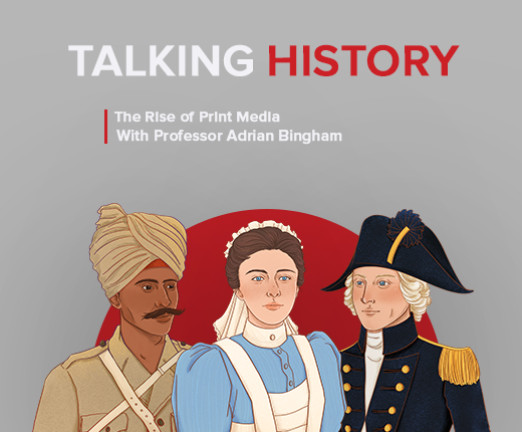
Talking History: The Rise of Print Media | S1, Ep 1 Podcasts
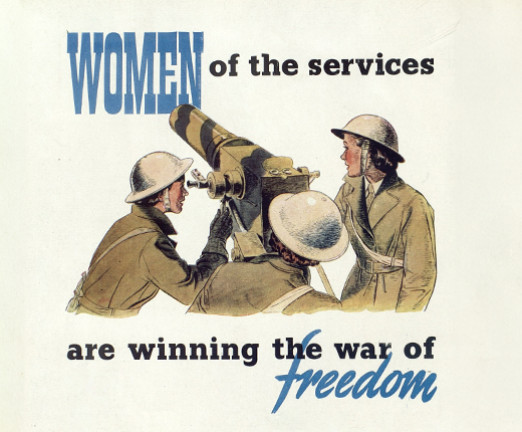
Document of the Week: Tampax Advertisement (1942) Document of the Week
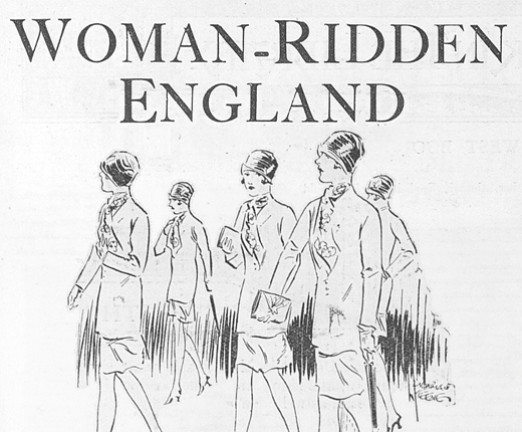
Document of the Week: “Woman-Ridden England”, 1928 Document of the Week
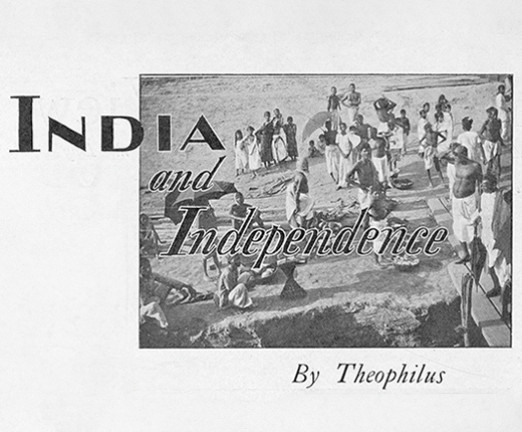
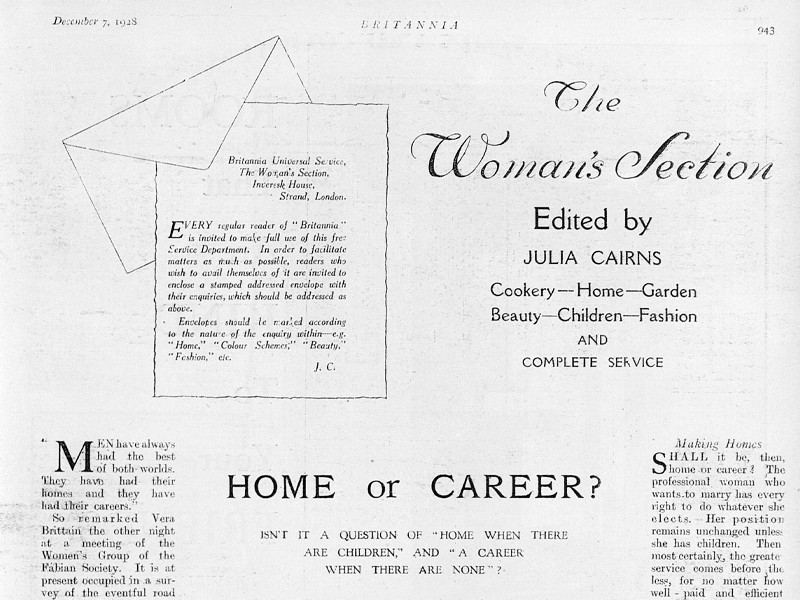
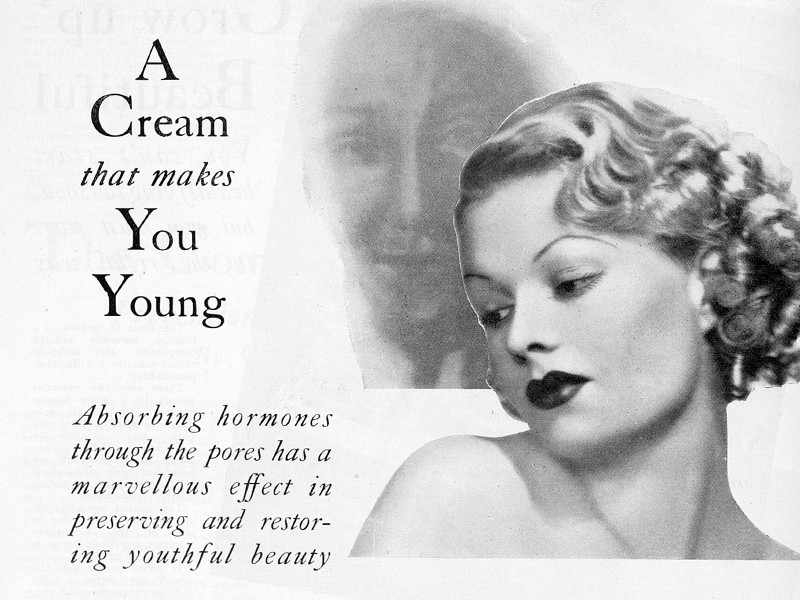








.svg)



